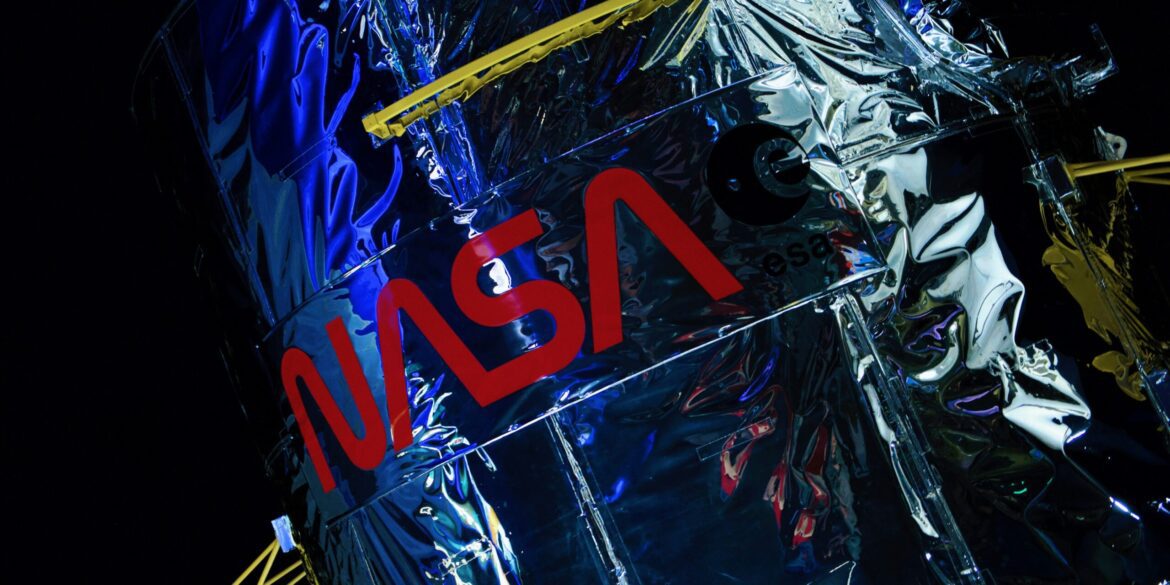On the evening of August 26, 2025, NASA’s TOMEX+ mission delivered a spectacular visual display for residents across the U.S. East Coast. Launched from the Wallops Flight Facility in Virginia, the mission saw three sounding rockets sent into the mesopause region of Earth’s atmosphere. This area, which lies between 80 and 90 kilometers above the Earth’s surface, is considered the coldest layer of the atmosphere and plays a crucial role in the way energy is transferred between the lower atmosphere and space. The launch created a series of colorful vapor trails that were visible across several states, including New Jersey, Delaware, Pennsylvania, Virginia, and North Carolina, giving many a rare opportunity to witness firsthand the marvels of atmospheric science.
The TOMEX+ mission was designed to gather data about the mesopause, a key region that has profound implications for understanding global weather patterns and satellite communications. The mesopause serves as a boundary layer where the lower atmosphere meets the thermosphere, a layer of Earth’s atmosphere that extends into space. Due to its critical role in the transfer of energy, heat, and momentum between these two layers, it is an area of particular interest for atmospheric scientists. Studying this region more closely is vital for improving weather forecasts, particularly in terms of better understanding atmospheric dynamics and the interaction between the atmosphere and space. Additionally, this research has the potential to enhance satellite communications, which rely on stable atmospheric conditions for optimal performance.
Read Also: https://goodmorningus.com/world-breast-cancer-research-day-highlights-progress-and-challenges/
The colorful vapor trails that stretched across the sky served not only as a visual spectacle but also as an opportunity for public engagement with science. For many, seeing the rockets launch was a rare chance to connect with space exploration and atmospheric science in a direct and impactful way. NASA has long recognized the importance of involving the public in its missions, and the TOMEX+ launch was a perfect example of how science can capture the imagination of people from all walks of life. The glowing trails created a moment of shared wonder for thousands of people across the East Coast, many of whom may not have otherwise had the chance to learn about this aspect of atmospheric research.
As part of its commitment to safety, NASA ensured that all necessary precautions were taken during the launch. The agency was careful to follow strict safety protocols, assuring the public that the mission posed no danger to nearby communities. The rockets are designed to ascend to high altitudes, where they conduct their experiments before descending back to Earth in a controlled manner, ensuring minimal risk to the environment and people on the ground. This careful planning reflects NASA’s ongoing commitment to both advancing scientific research and prioritizing public safety.
The data gathered from the TOMEX+ mission will be invaluable for future research into atmospheric dynamics and Earth’s climate system. Scientists will analyze the information collected to better understand how energy flows between the atmosphere and space, which will provide new insights into the behavior of the Earth’s atmosphere. This, in turn, will improve weather prediction models and help enhance satellite technology, both of which are becoming increasingly important in our technology-driven world. The mission is part of a broader effort by NASA to explore various layers of the atmosphere and deepen our understanding of the complex interactions between the Earth and space.
The success of TOMEX+ underscores the importance of continued research into Earth’s atmospheric systems. As we face the challenges of climate change, extreme weather events, and a growing reliance on satellite technology, understanding the atmospheric layers that affect our environment is crucial. NASA’s mission to study the mesopause is a step forward in unraveling the complexities of the Earth’s atmosphere, with implications that could lead to advancements in weather forecasting, environmental protection, and even space exploration.
By continuing to explore the boundaries between Earth’s atmosphere and space, NASA is not only advancing scientific knowledge but also ensuring that we are better prepared to face the environmental challenges of the future. The TOMEX+ mission is another example of how space exploration can have direct, tangible benefits for life on Earth. As more data is collected and analyzed from this and similar missions, our ability to predict and understand the forces shaping our planet will only improve, helping to secure a more informed and sustainable future.

